

























 Book a service
Book a service

19/12/2024 • by Chris Bird
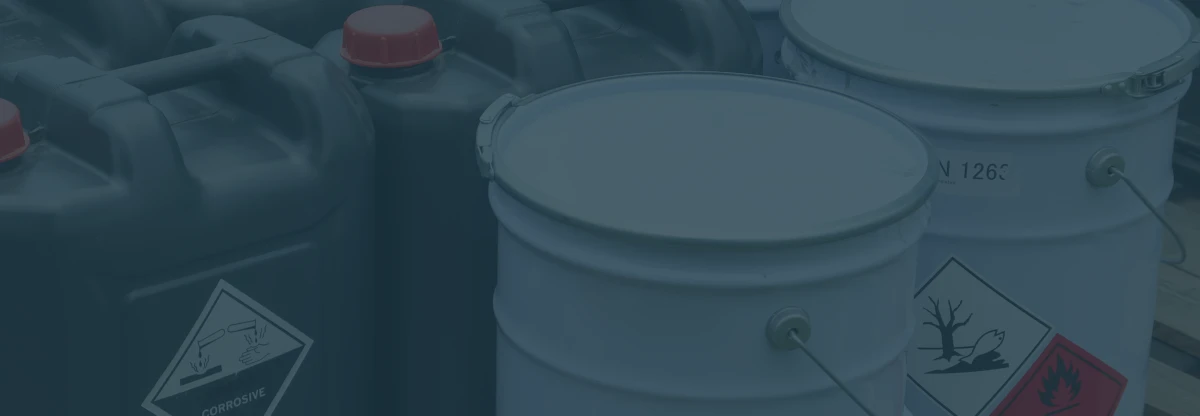
The handling and usage of flammable liquids is common practice in the workplace. However, if flammable liquids are not handled, stored or cared for correctly they can quickly become a serious Class B fire hazard.
A business owner’s legal responsibility is to protect the health and safety of their workers. Additionally, workers must be equipped with the correct health and safety equipment. After all, fire safety starts with being proactive – including fire safeguarding equipment companies choose to invest in. Flammable liquid fire extinguishers are the perfect solution to the risk flammable liquids can cause.
These hazardous liquids can range from oil and gasoline to paint and grease (all of which are regularly used and handled in factories).
The vapour released by a flammable liquid can cause any open flame (including matches or overheating machinery) to start a fire.
Additionally, all flammable liquids have a low flash point. When an ignition point is introduced, the flammable liquid will catch fire. Correctly containing the flammable liquid keeps it separate from heat or other potential fire hazards common in factories or warehouses.
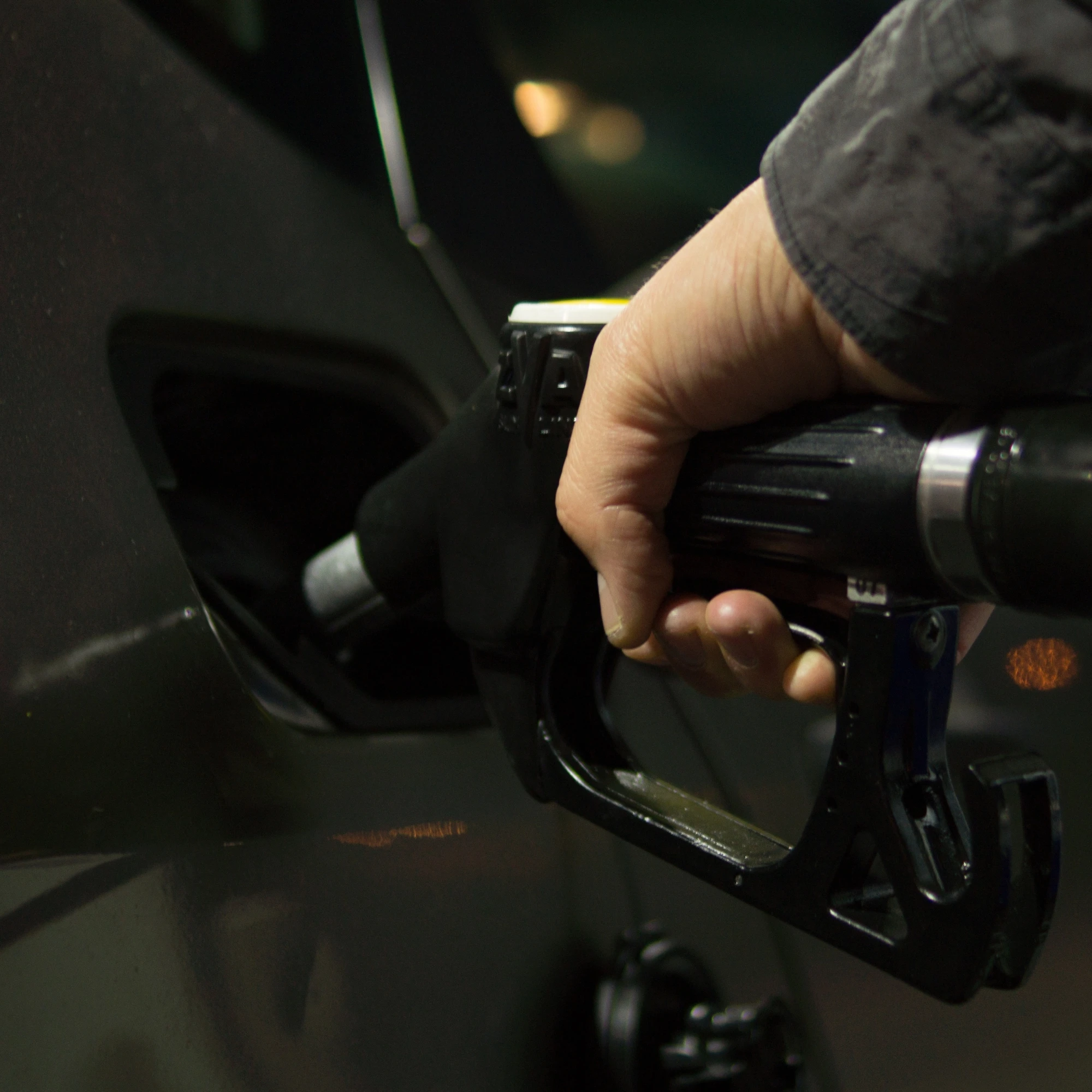
You must use a CO2 or powder fire extinguisher designed to tackle class B fires.
Class B fires are fire specifically caused by flammable liquids. These hazardous liquids can range from oil and gasoline to paint and grease (all of which are regularly used and handled in factories). It is important to use a specially designed fire extinguisher for flammable liquids (CO2 or powder) as they will create a barrier between the flame and the air, starving the flame of oxygen and extinguishing the fire.
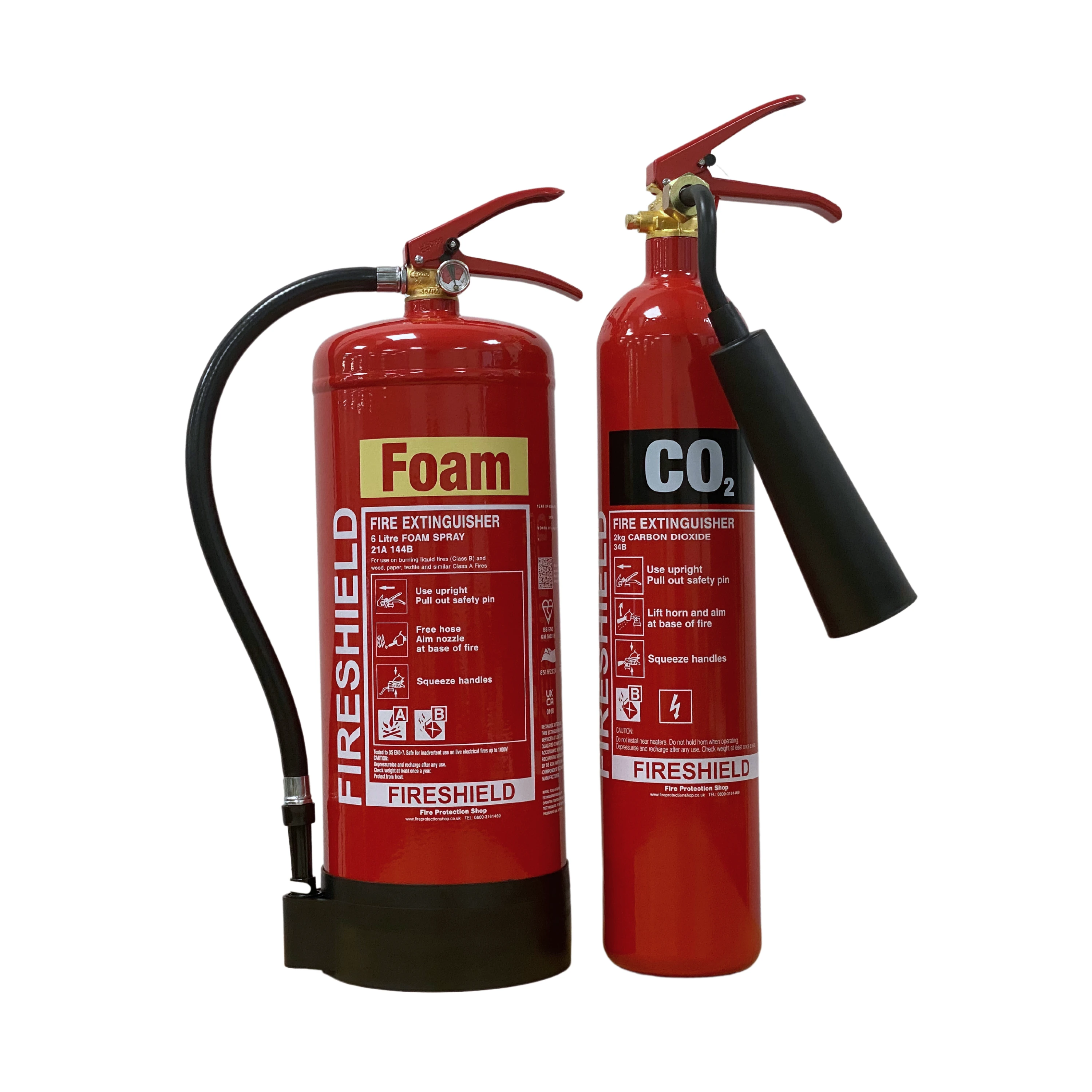
You must not use a water or wet chemical fire extinguisher – this will not extinguish the flames. Instead, the water or wet chemical will cause the fire to spread rapidly and can increase the risk to those affected.
It is crucial to take care when dealing with a fire. Always maintain a safe distance when using the extinguisher. The flammable liquid fire extinguisher must be used to control the danger - not to put yourself or others at further harm. If the fire continues to reignite, becomes uncontrollable or starts to spread you must safely evacuate.
It is also important to know that using powder or CO2 extinguishers in unventilated areas may cause respiratory issues or affect visibility.
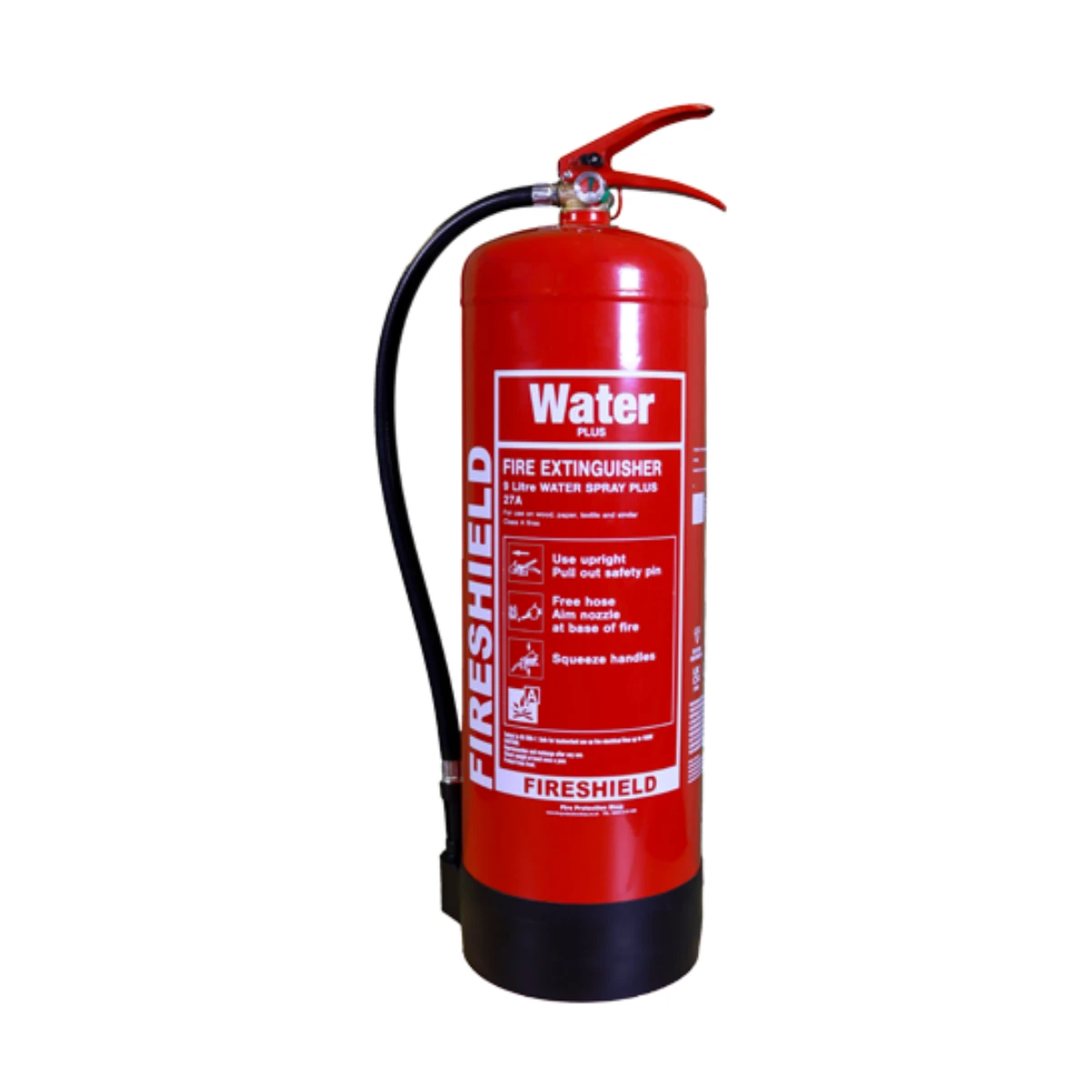
Fire – the greatest risk of storing flammable liquids incorrectly is fire. Flammable liquids are already toxic. However, as fast-paced work environments use flammable liquids alongside hot machinery and open flames, it is crucial to store these liquids correctly. In doing so, you are creating a safe barrier for the flammable liquid from potential ignition points.
Injury – fires can cause serious harm. If a fire does break out in a factory it has a greater chance of escalating and spreading quickly due to other flammable liquids, combustible materials and hot machinery being present. The confusion and panic caused by a flammable liquid fire can also increase the risk of injury.
Damage to premises – Fires pose a serious threat to both people and properties. If a fire does occur the priority shifts from protecting the space to assisting all workers from evacuating the dangerous area. With a flammable liquid fire extinguisher, the fire can quickly be dealt with. Otherwise, the fire will be left to cause damage to the building, equipment and machinery.
Costs – repairing damage to a premises after a fire can become expensive. The longer a fire is left to burn, the more damage it can cause. This inevitably increases the costs of repairing/replacing machinery, equipment and space.
Stress – fires can quickly increase stress as they pose a risk to people and property. If a fire does damage a work site, it can destroy irreplaceable work and slow down all operations. This, ultimately, will increase the stress of regaining control of a situation post-fire.
Liability – protecting people from fires is a legal matter. The responsible person has a legal duty to keep their workers safe. The aftermath of a fire can already cause stress, time and costs. However, if a business owner is found to have not prepared a space and their workers for fire threat, they will be held responsible. Liability will fall onto the responsible person which may result in fines and prison time.
All flammable liquids must be stored in a designated area. The liquids must be placed inside a closed, insulted cabinet with a melting point higher than 750°C designed to retain spills. They must be kept separate from other hazardous substances.
Flammable liquid cabinets are specially designed to separate dangerous liquids from the surrounding area. This acts as a barrier from hot machinery and serves as a physical reminder for workers to be careful when handling flammable liquids. Fire cabinets have a high melting point, meaning they should protect the flammable liquids for up to an hour. Also, if the flammable liquids catch fire, the cabinet will contain them, providing workers extra time to evacuate safely.
Ensuring the workplace is equipped with designated flammable liquid areas and cabinets is important. Alongside this, providing the cabinets with the correct signs for flammable liquids will help workers understand what they need to do when handling/storing flammable liquids.
DSEAR – The Dangerous Substances and Explosive Atmospheres Regulations 2002 offer a guide to dangerous substances used in the workplace. This can range from flammable liquids to flammable gases.
COSHH - The Control of Substances Hazardous to Health enlist the proper usage and handling of flammable liquids. This guide details how flammable liquids must be stored, how to handle them (with the correct health and safety equipment such as gloves and goggles) and how to perform a COSHH risk assessment if there is any uncertainty about the danger of flammable liquids in the workplace.
Fire Safety Act 2021 – This fire safety act details the legal expectations of the responsible person. Essentially, the responsible person is either the landlord or the business owner. It is their responsibility to keep their workers safe. This can be through investing in health and safety/fire safety equipment, performing FRA’s, creating fire safety plans and servicing equipment. This means the responsible persons must protect workers from the misuse and poor storage of flammable liquids
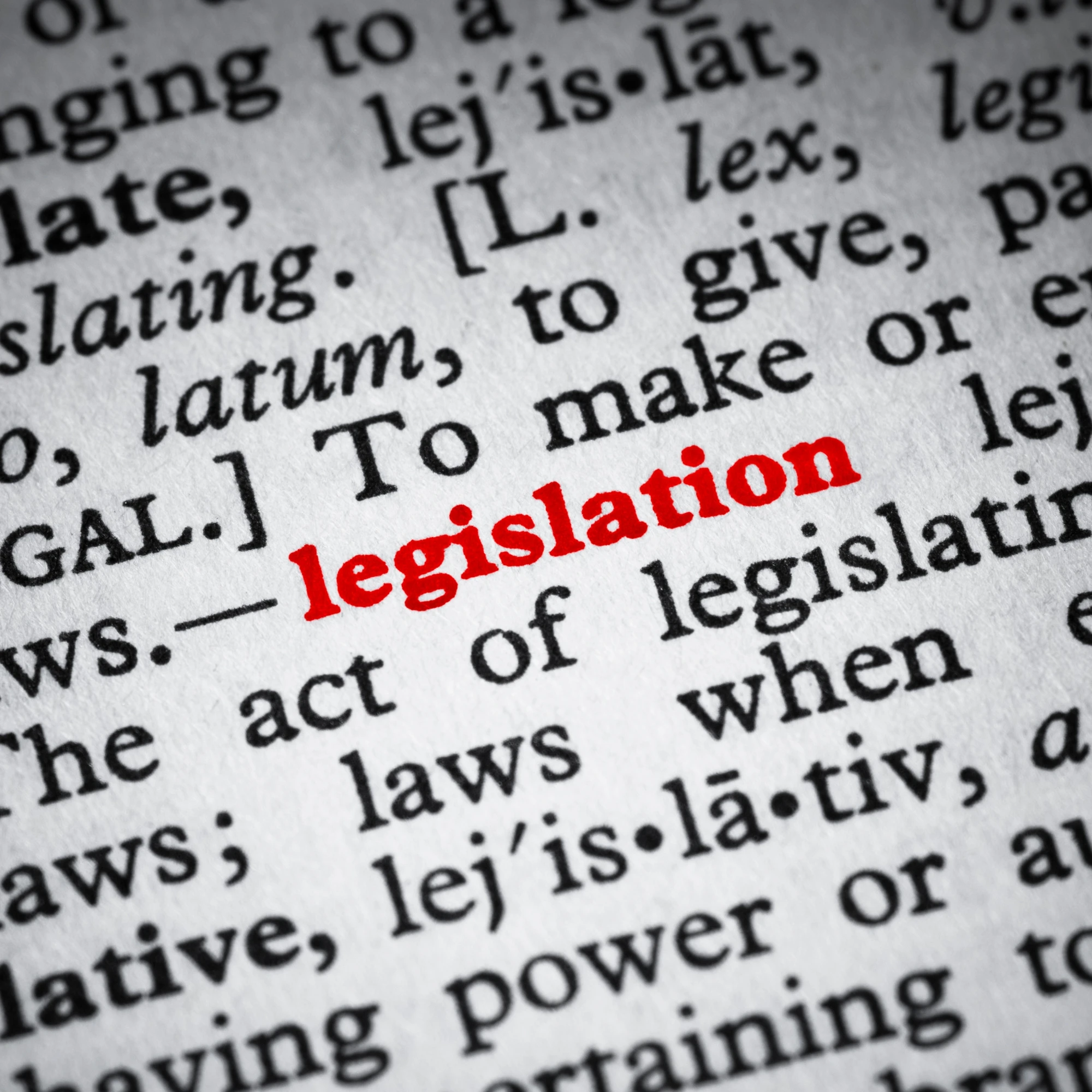
In the UK, nearly 22000 fires are reported to occur in the workplace every year.
Poor storage of flammable liquids is the third highest cause of workplace fires.
You can extinguish a flammable liquid fire using the PASS method.
To safely use the CO2 or powder extinguisher, you must pull the pin. The purpose of the pin is to prevent accidental discharge from the extinguisher. To activate the extinguisher, hold the pin firmly and pull it from the handle. This breaks the tamper seal and allows the extinguisher to work.
Stand at a safe distance of 1.5 to 2 meters away from the fire. Then, aim the flammable fire extinguisher nozzle at the base of the flame. The base of the fire is the fuel source. It must be directly targeted to extinguish the flame.
Slowly, with even pressure, squeeze the lever. Do not squeeze the lever suddenly or with irregular pressure. This may risk damaging the extinguisher, causing it to run out of extinguishing agent quicker, and will prevent the fire from being extinguished.
Once the extinguishing agent is released you must sweep the nozzle from side to side. This action allows an even layer of the extinguishing agent to target the base of the flame. You must do this until the fire has visibly extinguished. Crucially, flammable liquid fires have the potential to reignite. If the flame does reignite continue sweeping the nozzle side to side until all fire has been extinguished.
Flammable liquid fires can be a real danger. Especially as they mainly occur in factories where other flammable liquids are present – meaning more fuel for the flame. However, flammable liquid fires are not impossible to be dealt with. Indeed, the risk of a flammable liquid fire starting in the workplace can be controlled simply by storing these liquids correctly.
Understanding the flammable liquid fire class (Class B) allows you to identify which fire extinguisher to choose. If a fire does start, having a flammable liquid fire extinguisher to hand is critical. Once you have your CO2 or powder extinguisher ready you can safely tackle the fire. This knowledge of flammable liquid fire safety allows you to act quicker and safer to minimise the danger.
We use cookies to enhance your site experience. Choose your preferences below.

